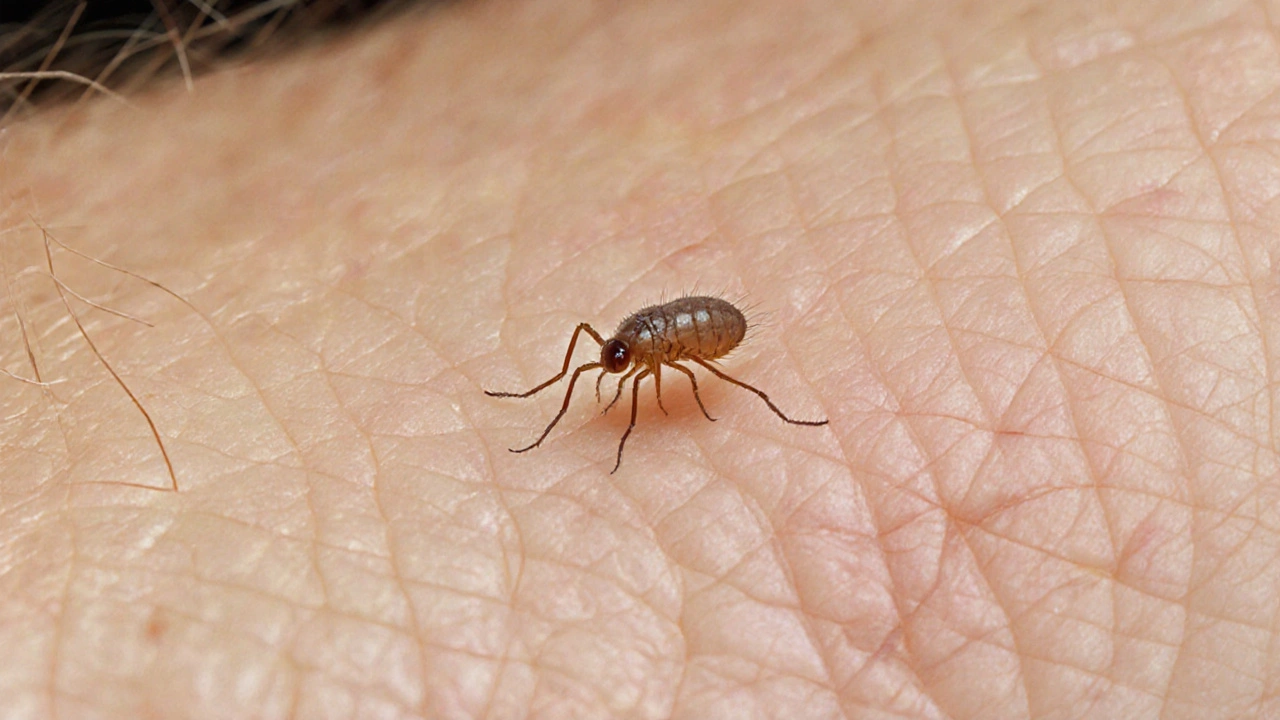Scabies Treatment: Effective Remedies, Top Medications, and What Actually Works
When you're dealing with scabies, a skin infestation caused by the Sarcoptes scabiei mite that burrows under the skin and triggers intense itching. Also known as the seven-year itch, it's not about poor hygiene—it's about close contact, and it spreads fast. The mites don’t just live on the surface; they dig tunnels where they lay eggs, and that’s what makes the itching so bad, especially at night. If you’ve been scratching nonstop and the rash keeps spreading to your fingers, wrists, or between your toes, you’re not imagining it—you likely have scabies.
Most scabies treatment, a medical approach to eliminate the mites and their eggs from the skin starts with a topical cream. Permethrin, a synthetic pyrethroid that paralyzes and kills mites is the first-line choice in the U.S. and Europe. It’s applied from neck to toe, left on overnight, and washed off the next morning. For cases that don’t respond—or in people who can’t use creams—ivermectin, an oral antiparasitic drug that kills mites systemically is prescribed. It’s not FDA-approved for scabies in the U.S. for all cases, but doctors use it often, especially in outbreaks or for people with crusted scabies.
It’s not just about the cream or pill. If you don’t clean your environment, you’ll get reinfested. Mites can survive up to 72 hours off the body, so washing bedding, clothes, and towels in hot water—and drying them on high heat—is non-negotiable. Items you can’t wash? Seal them in a plastic bag for a week. Everyone in your household or close contacts needs treatment at the same time, even if they’re not itching yet. Delaying means the mites keep spreading.
Some people try home remedies like tea tree oil or neem oil, and while they might soothe itching, they won’t reliably kill the mites or their eggs. You need something proven. Over-the-counter products labeled for scabies? Most are useless. Stick to what doctors prescribe. The itching can last weeks after treatment, even after all mites are dead—that’s your skin healing, not an ongoing infestation. Antihistamines or hydrocortisone cream can help with that.
Crusted scabies is a more severe form, common in older adults or people with weakened immune systems. It’s filled with thousands of mites and looks like thick, scaly patches. This needs stronger treatment, often a combo of permethrin and ivermectin, plus professional care. Don’t ignore it—it’s highly contagious.
Below, you’ll find real comparisons of treatments, what works when, how to avoid mistakes, and what to do if the itching won’t stop—even after treatment. No fluff. Just what you need to get rid of scabies for good.
A comprehensive guide comparing Elimite (permethrin) with other scabies treatments, covering effectiveness, safety, costs, and best-use scenarios.
Oct, 10 2025

